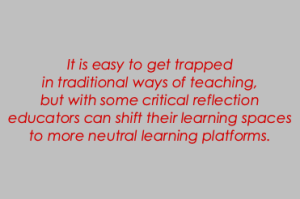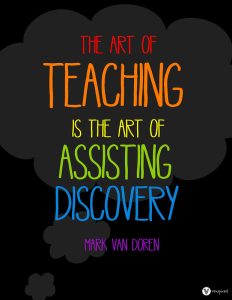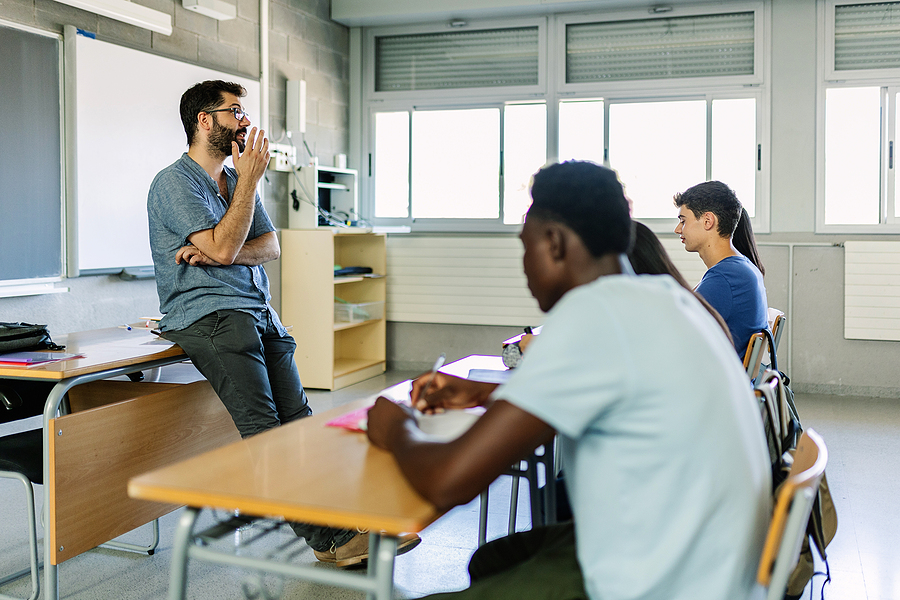Guest Contributor: Christine Smart-Wiseman
Like many others in the field, I am always looking for new ways to improve my teaching. My research as a PhD student at York University led me to examine teaching from a critical pedagogical approach. The guiding principle of this approach is to construct equitable and democratic classrooms with a goal to positively transform students’ lives (Canagarajah, 2005).
While I was doing my research in an ELL classroom, I uncovered many ways in which ELL environments contradict the goals of critical pedagogical approaches. In many cases, planning and preparing ahead to foster a classroom environment that supports critical learning can overcome these challenges, but at times, there may be a dynamic need to shift classroom spaces towards empowering teaching and learning. I have developed a strategy I call critical pivoting to address this problem and would like to share it with you.
Continue reading →










